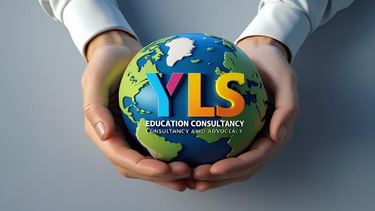Rethinking Inclusion: The Case for Visual and Spatial Intelligence in the Classroom
Yirgalem Habte, PhD.
7/4/20252 min read


Rethinking Inclusion: The Case for Visual and Spatial Intelligence in the Classroom
By Yirgalem Habte, PhD.
In today's diverse classrooms, recognizing and supporting different ways of thinking is essential in building truly inclusive learning environments. One approach that’s gaining long-overdue attention is visual and spatial thinking, a powerful, yet often overlooked, mode of learning and problem-solving.
What Is Visual Thinking?
Dr. Temple Grandin, a well-known scientist and advocate of autism, has helped the world to understand what it means to think in pictures. In her book Visual Thinking, she explains how visual thinkers process information through images rather than words or formulas. These students might:
See vivid mental images
Learn better through diagrams, visual aids and hands-on tasks
Excel at design, mechanics, or spotting patterns others miss
Unfortunately, many school systems are designed primarily for verbal thinkers leaving visual learners and spatial thinkers underserved and underappreciated.
What About Spatial Thinking?
From my own textbook, spatial thinking is the process by which we interpret the world around us by understanding the shape, size, direction, location, orientation, and movement of objects. This process involves visualizers (think in static, detailed images) and Spatial visualizers (focus on movement, abstraction, and systems). Both types are crucial in fields like architecture, meteorology, Spatial Science, and engineering. These mode of thinking are also equally important in inclusive classrooms.
Why It Matters in Inclusive Education”
Inclusive classrooms are about meeting diverse learning needs. Embracing visual and spatial thinking helps us:
To support neurodiverse students, including those with autism or dyslexia
To make abstract concepts easier to grasp
To encourage creative problem-solving
To bridge language barriers in multilingual settings
To promote equity through multiple ways of learning and expressing knowledge
Simple Strategies for Teachers
You don’t have to remodel your classroom just open the door to visual-spatial learning with strategies like:
Using visual schedules, diagrams, or storyboards
Allowing students to demonstrate understanding through drawing, mapping, or modeling
Incorporating geospatial tools, like interactive maps in social studies or science
Final Thoughts
Let’s stop measuring intelligence by how well students take a test. Instead, let’s value the visual thinkers and spatial reasoners, those who see what others can’t, who think in dimensions, and who hold the keys to creative problem-solving. By embracing visual and spatial thinking, we make our classrooms more inclusive, more dynamic, and better prepared for the future.
